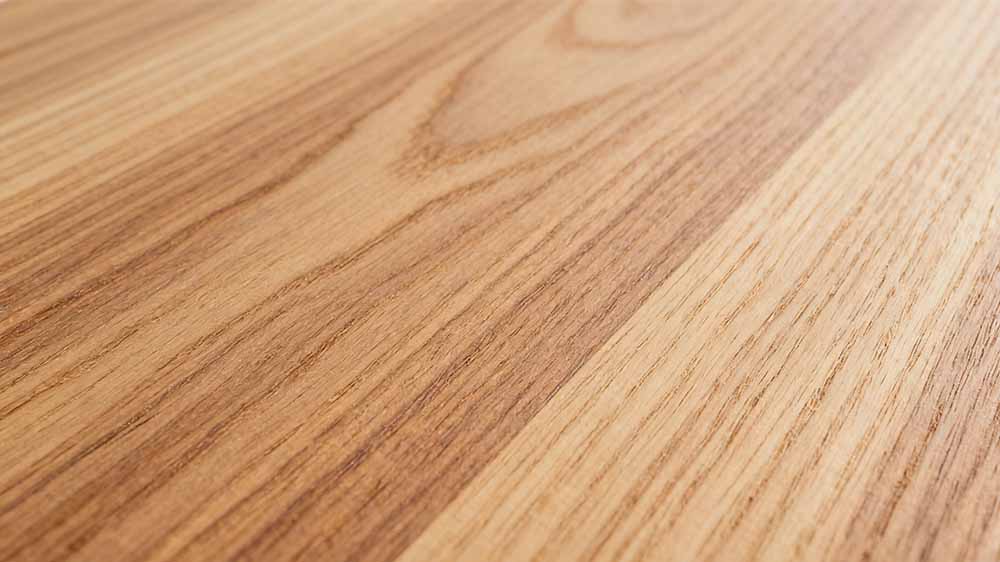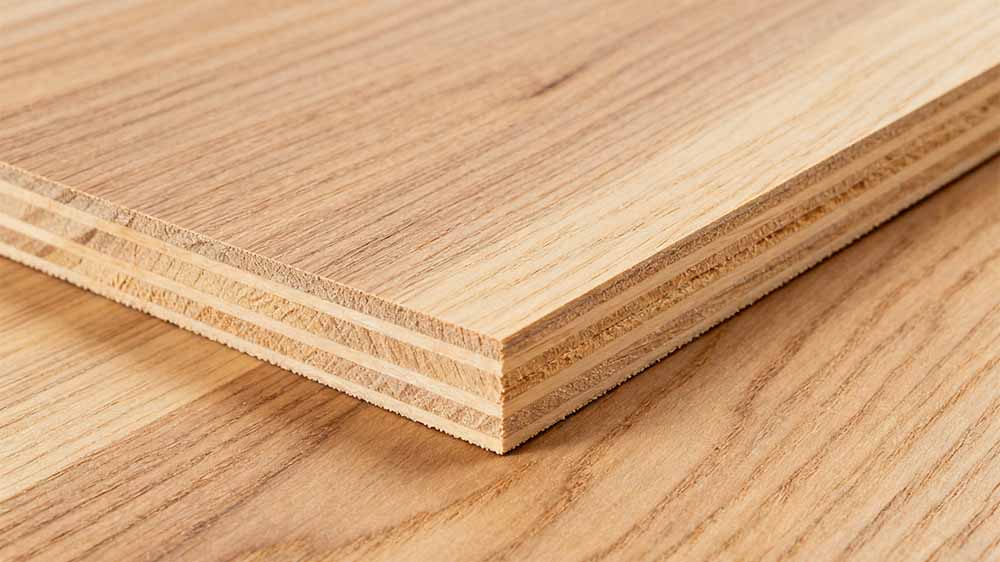Table of Contents
- Introduction
- What is Marine Plywood?
- What is Pressure-Treated Plywood?
- Key Differences: A Head-to-Head Comparison
- Choosing the Right Board for Your Project
- Conclusion
Introduction
When planning a project requiring weather resistance, understanding the difference between Marine Plywood and Pressure-Treated Plywood is crucial. This guide breaks down their composition, uses, pros, and cons to help you choose the right material, ensuring durability and value for money while also touching on other options like MDF for interior applications.
What is Marine Plywood?
Pressure-treated plywood is standard plywood that has been infused with chemical preservatives under high pressure. This process forces protective chemicals deep into the wood fibers to shield it from moisture, rot, decay, and insect damage.
The treatment process makes it suitable for outdoor applications where the wood is in direct contact with the elements or ground, such as decks, fence, garden boxes, and landscaping walls. It’s a cost-effective choice for structural outdoor projects. It’s important to note that while it resists decay, the treatment does not make the plywood entirely waterproof, and the adhesives used between plies may not be as water-resistant as those in marine plywood, potentially leading to delamination if exposed to prolonged water immersion.
What is Pressure-Treated Plywood?
Pressure-treated plywood is standard plywood that has been infused with chemical preservatives under high pressure. This process forces protective chemicals deep into the wood fibers to shield it from moisture, rot, decay, and insect damage.
The treatment process makes it suitable for outdoor applications where the wood is in direct contact with the elements or ground, such as decks, fence, garden boxes, and landscaping walls. It’s a cost-effective choice for structural outdoor projects . It’s important to note that while it resists decay, the treatment does not make the plywood entirely waterproof, and the adhesives used between plies may not be as water-resistant as those in marine plywood, potentially leading to delamination if exposed to prolonged water immersion.
Key Differences: A Head-to-Head Comparison
| Feature | Marine Plywood | Pressure-Treated Plywood |
|---|---|---|
| Core Purpose | Superior water resistance & structural integrity | Rot, decay, and insect resistance |
| Construction | High-density hardwood core, more layers (e.g., 13 for 18mm), no voids | Often softwood core (e.g., pine), fewer layers, may have internal voids |
| Adhesives | Waterproof phenolic glue (WBP) | Standard urea-formaldehyde glue (may be water-resistant but not waterproof) |
| Treatment | None (reliance on high-quality plies and glue) | Chemical preservatives forced into the wood under pressure |
| Common Standards | BS 1088 | Varies |
| Cost | Higher | More cost-effective |
| Ideal For | Marine applications, outdoor furniture, wet environments | Decks, fencing, landscaping, ground contact |
Choosing the Right Board for Your Project
Selecting between marine and pressure-treated plywood depends on your project’s specific demands.
- For Marine Use & High-Moisture Projects: Marine plywood is the unequivocal choice for boat building, docks, or projects requiring prolonged water exposure. Its void-free construction and superior waterproof glue ensure it maintains structural integrity even if the surface is compromised .
- For General Outdoor Structures: Pressure-treated plywood is generally sufficient and more budget-friendly for decks, sheds, outdoor play sets, and fencing where the primary concerns are rot and insect resistance, not constant immersion.
- For Interior or Dry Applications: If your project is for interior use, such as furniture or cabinetry, neither may be necessary. Medium-Density Fiberboard (MDF) or standard plywood are common choices. MDF, made from broken-down wood fibers combined with wax and resin, offers a smooth surface perfect for painted finishes but is highly susceptible to water damage.
Conclusion
There’s no universal winner between marine and pressure-treated plywood. Your choice hinges on balancing performance needs with budget constraints. For critical marine applications or where lasting structural integrity in water is vital, marine plywood’s superior construction is worth the investment. For most general outdoor projects focused on defeating rot and insects at a lower cost, pressure-treated plywood is the practical choice. Always consider the specific demands of your project to make the most informed and effective decision.
Post time: Sep-16-2025






